Here are a few pointers to help you determine when to lubricate your car door locks:

Climate: If you live in an area with harsh weather conditions, such as extreme cold, humidity, or salt exposure (for example, near the coast), you might need to lubricate your locks more frequently. These conditions can cause locks to become stiff or corroded.
Lock Usage: If you use your car door locks frequently, such as unlocking and locking your doors multiple times a day, they may require more frequent lubrication. High usage can lead to faster wear.
Lubricant Type: Choose a lubricant specifically designed for locks. Graphite-based lubricants are commonly recommended as they provide effective lubrication without attracting dust and debris that can clog the lock mechanism. Avoid using oil-based lubricants that can gum up the lock over time.
Signs of Wear: If you notice any signs of difficulty or stiffness when turning the key in the lock, or if the lock feels rough or sticky, it's a good indication that lubrication is needed.
When applying lubricant to your car door locks, follow these steps:
Clean the Lock: Use a clean cloth or a small brush to remove any dirt, debris, or residue from the lock before applying the lubricant.
Apply Lubricant: Insert the key into the lock and turn it several times to distribute the lubricant evenly. If you're using a graphite-based lubricant, insert the key and then apply a small amount of lubricant directly into the keyhole.
Work the Lock: Turn the key in the lock several times to ensure that the lubricant reaches all parts of the mechanism. You can also lock and unlock the door to help spread the lubricant.
Wipe Excess: After lubricating, wipe away any excess lubricant from the key and the lock to prevent attracting dirt.
Test the Lock: Test the lock to ensure that it operates smoothly. If you still experience stiffness or difficulty, you may need to lubricate the lock again.
By regularly maintaining your car door locks through proper lubrication, you can prolong their lifespan and ensure they continue to function smoothly. If you're unsure about how often to lubricate your locks or if you're experiencing persistent issues, consult your vehicle's owner's manual or a professional mechanic for guidance.


 English
English Español
Español
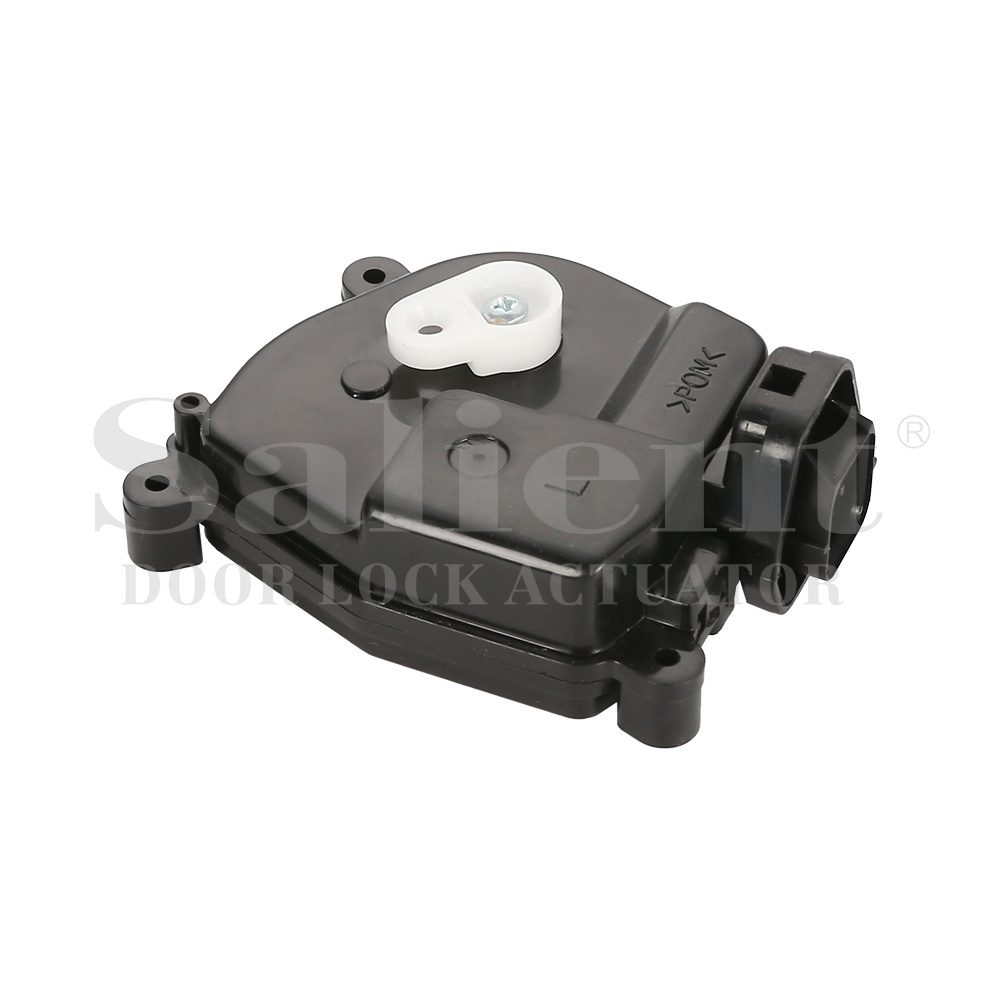
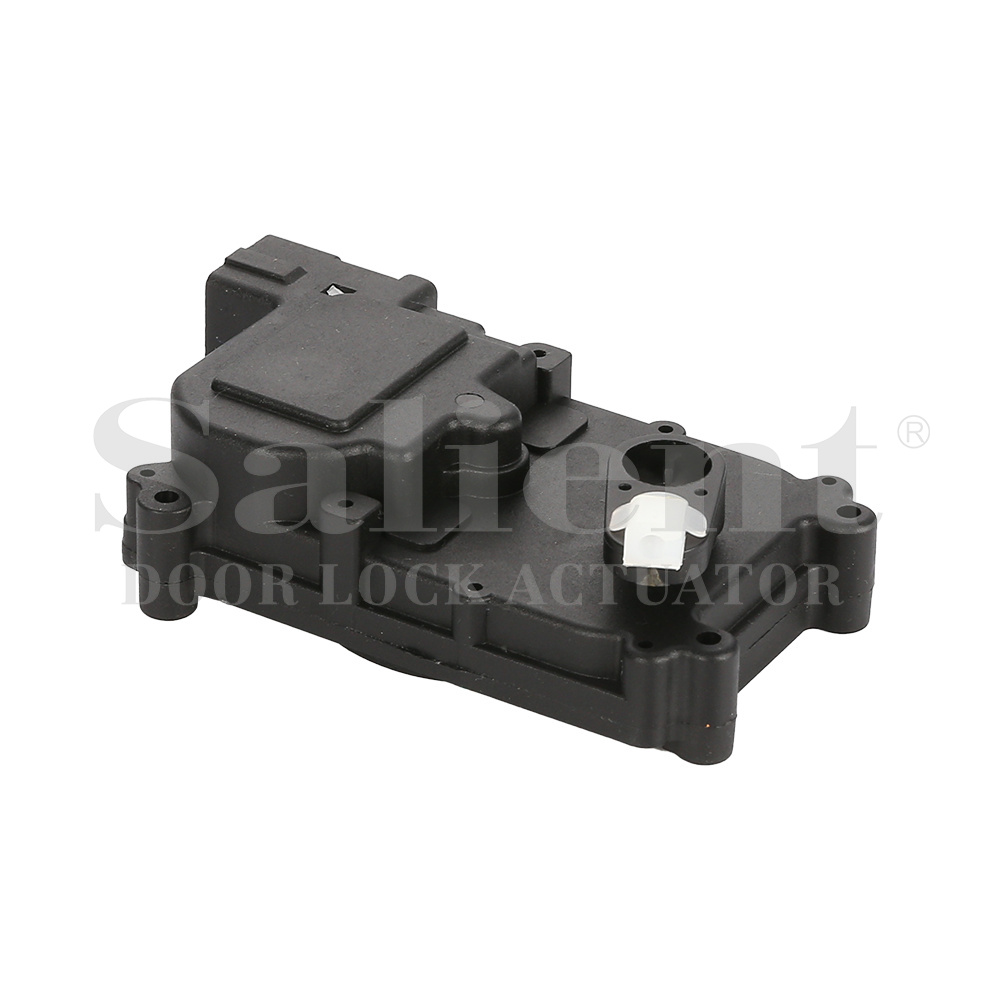
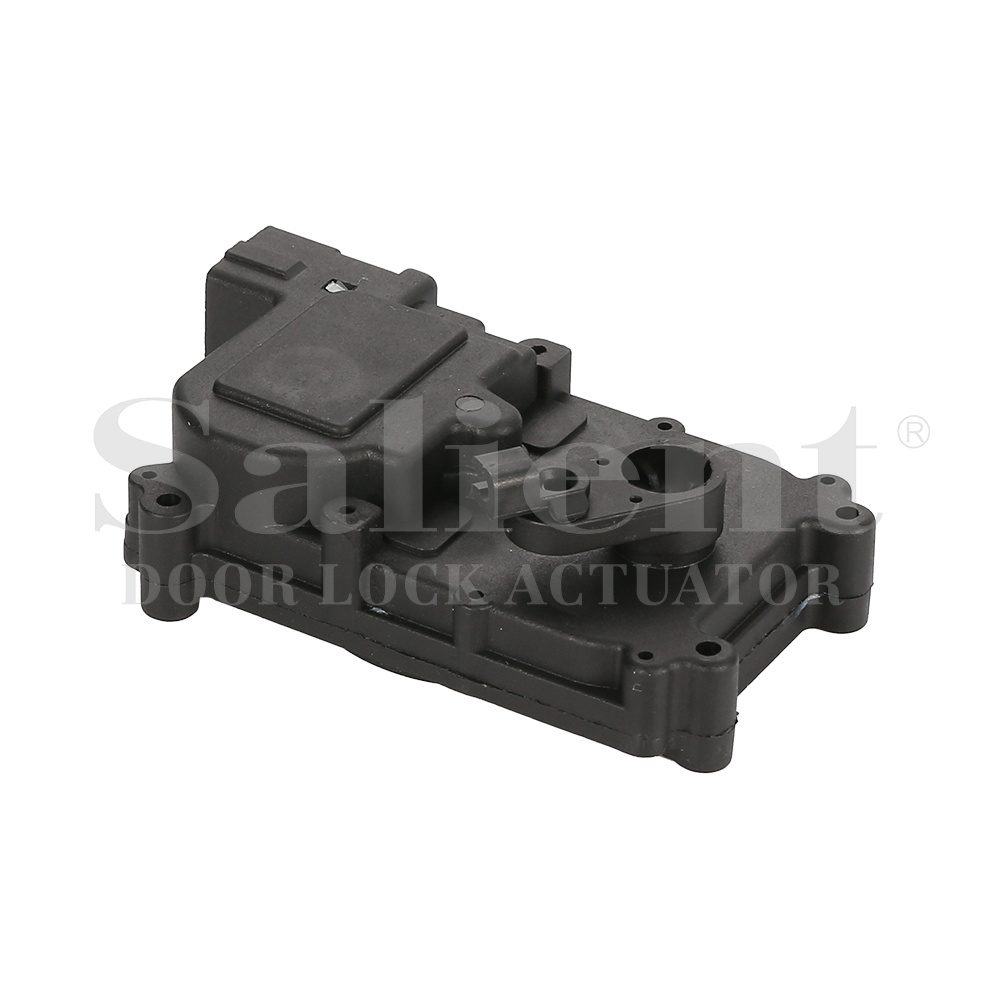
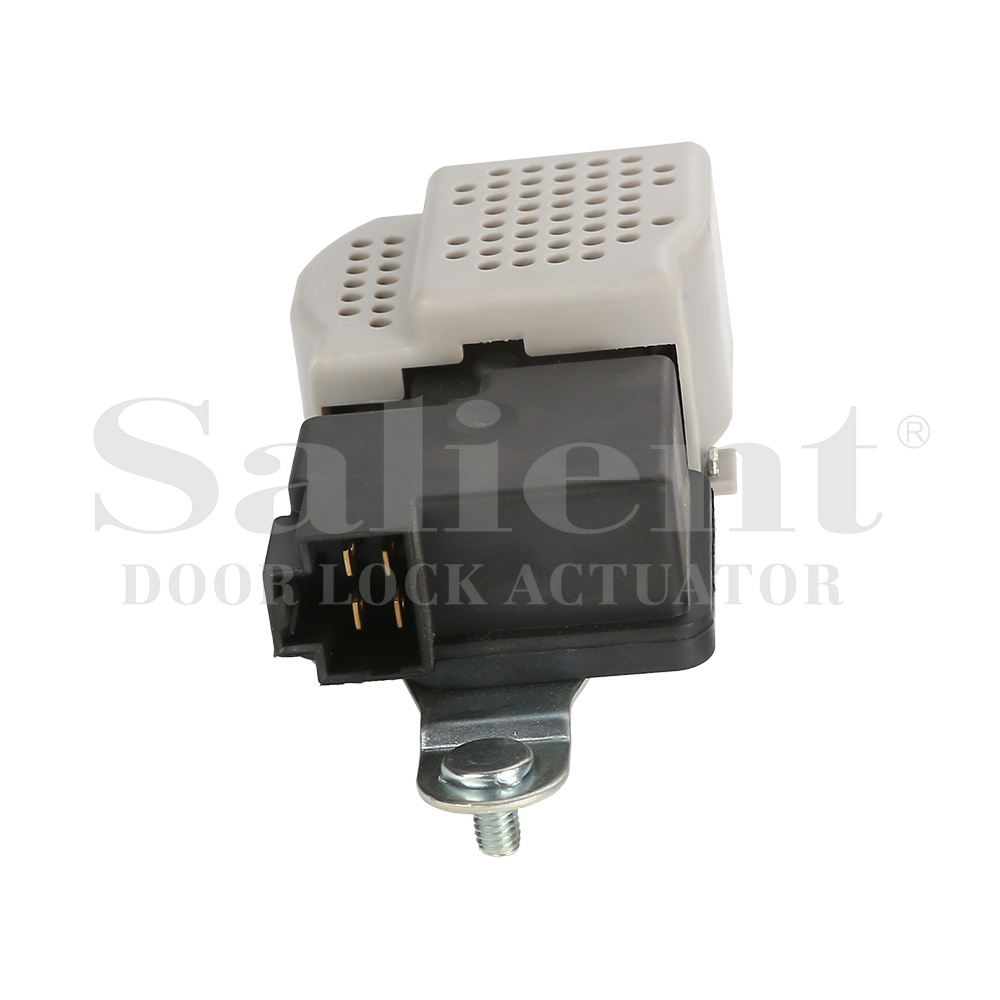
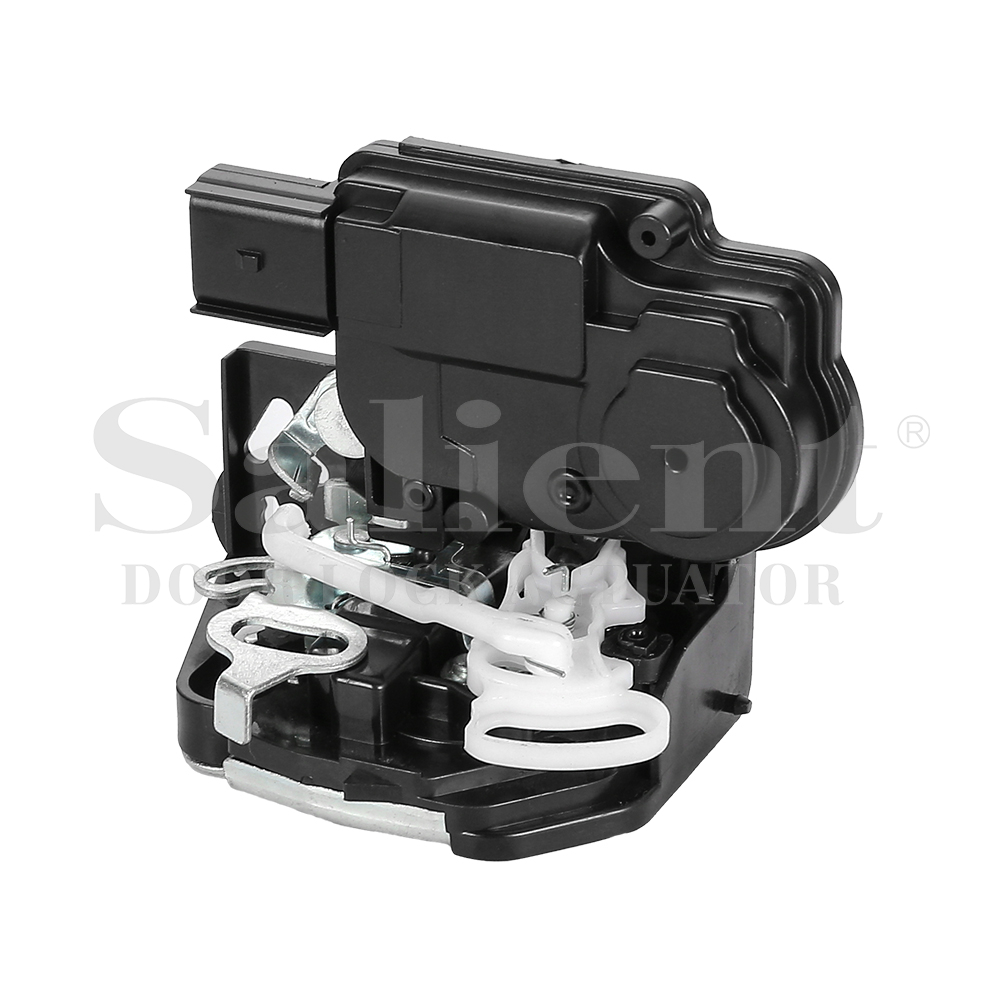
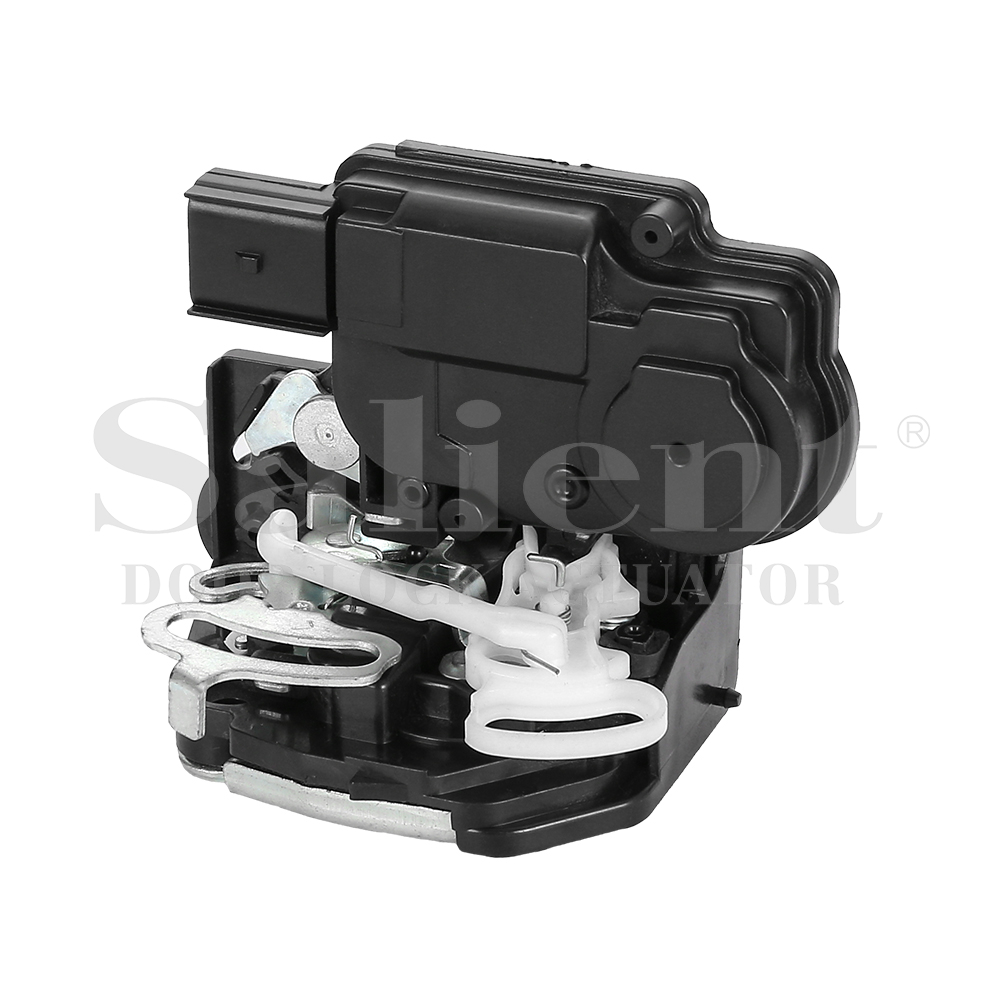
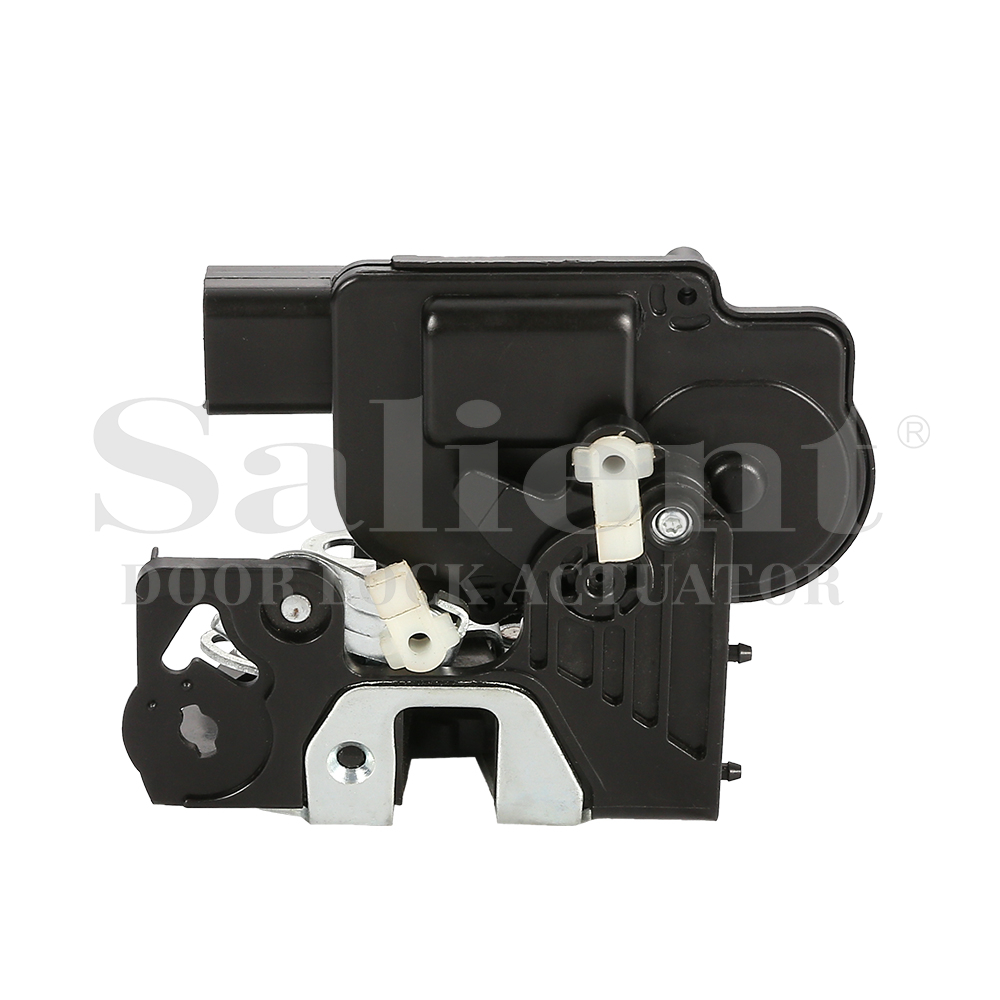
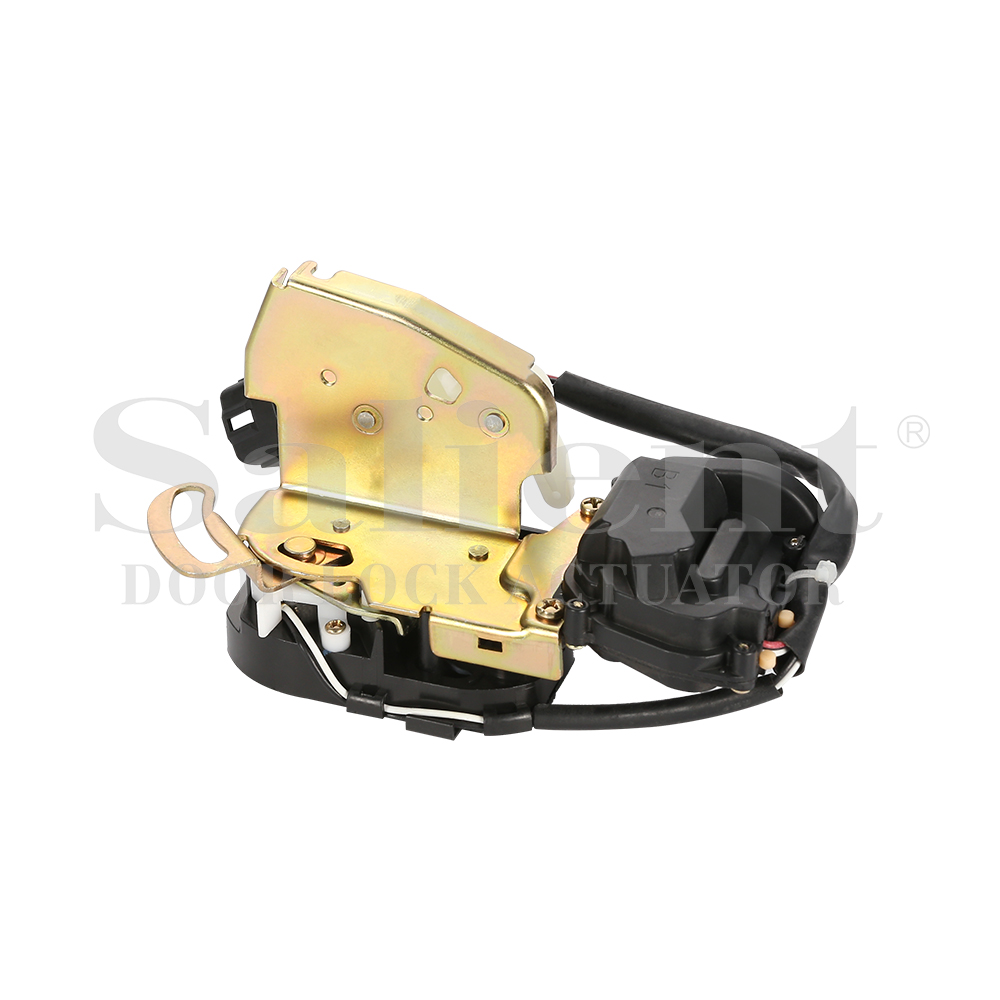
.jpg)
.jpg)
.jpg)
.jpg)

